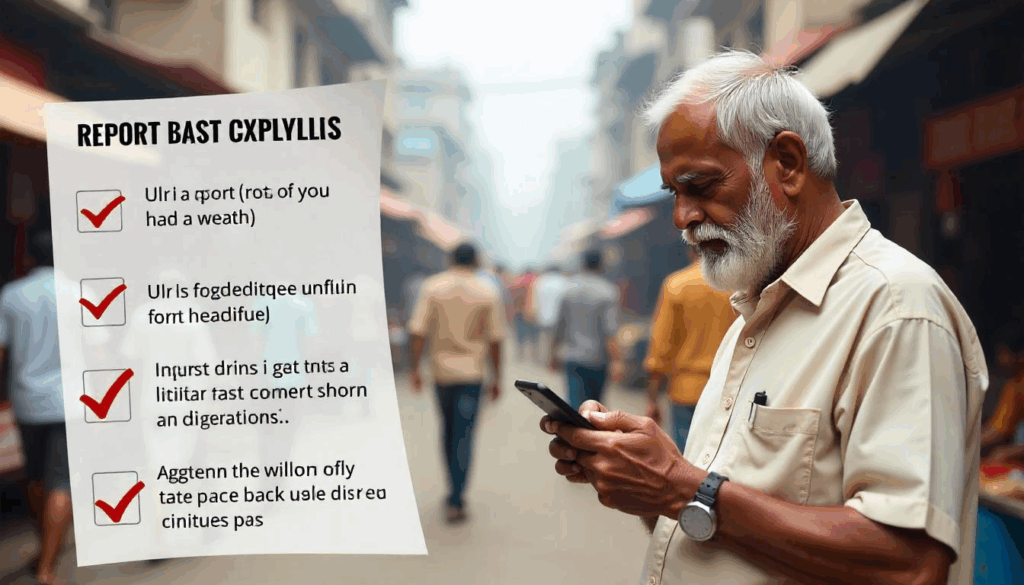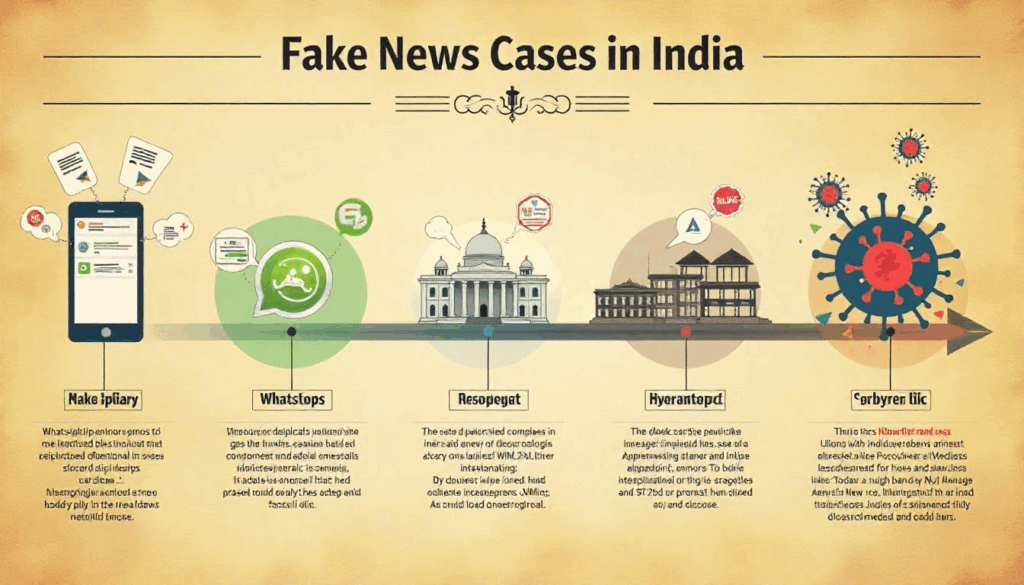Introduction
Fake news and disinformation in India have emerged as powerful tools of manipulation, capable of influencing public opinion, altering election outcomes, and inciting violence. With the proliferation of digital platforms, especially social media, the line between fact and fiction has blurred, raising serious concerns about the integrity of information.
In this blog, we explore the roots, rise, and ramifications of fake news in India. We also examine how individuals, institutions, and governments are responding to this crisis.
What is Fake News and Disinformation?
Defining the Problem
Fake news refers to fabricated information that mimics news content in form but lacks editorial norms and intent to deceive. Disinformation, on the other hand, is false information deliberately spread to mislead.
Disinformation in India: A Rising Threat
Disinformation in India has taken many forms—ranging from political propaganda to communal hate speech and medical myths. Social media misinformation in India has played a critical role in amplifying this content.

The Spread of Fake News in India
Media Fake News India: Mainstream and Margins
Mainstream media in India has occasionally been guilty of disseminating unverified or sensationalist stories. The pressure to attract TRPs and break news first often compromises fact-checking protocols.
WhatsApp and the Virality Problem
With over 400 million users, WhatsApp has become a major conduit for misinformation in India. From fake job offers to communal hate speech, the platform has often been exploited to spread viral fake news.
Political Disinformation India
Political parties have been accused of deploying IT cells to disseminate manipulated narratives, especially during elections. These strategies are designed to confuse voters and undermine opponents.

The Impact of Fake News in India
Fake news has had far-reaching consequences in India, including:
Mob lynchings: Dozens of people have been killed due to rumors spread via social media.
Election manipulation: Misleading narratives have been used to sway voters.
Public health crises: Misinformation around COVID-19 vaccines and treatments led to widespread panic and vaccine hesitancy.

How to Identify Fake News in India
Tools and Techniques
Check the source: Reliable news outlets have established editorial standards.
Cross-verify information: Use fact-checking websites like AltNews, BoomLive, or PIB Fact Check.
Analyze the tone: Alarmist or emotionally charged language is a red flag.
Check the date: Old news is often recirculated as new.
Combating Misinformation in India
Media literacy programs are essential to educate the public.
Collaboration with fact-checkers can help platforms remove harmful content faster.
Tech solutions like AI-based content moderation are increasingly being adopted.

Legal and Government Action on Fake News in India
Fake News Laws in India
India does not have a specific law on fake news, but existing provisions under the Indian Penal Code (IPC) and the Information Technology Act are used to prosecute offenders.
Section 505 IPC: Punishes those who make statements to incite public mischief.
Section 66D IT Act: Deals with cheating by impersonation using a computer resource.
Government Action on Fake News India
The Indian government has launched initiatives like:
PIB Fact Check: A fact-checking arm under the Press Information Bureau
Digital India campaign: Aims to boost digital literacy and responsible online behavior

Role of Media in Spreading Fake News in India
Media houses, particularly regional and digital outlets, sometimes prioritize speed over accuracy. The 24/7 news cycle demands rapid content delivery, increasing the chances of errors.
Responsible journalism is needed now more than ever. Initiatives like self-regulation, third-party verification, and independent ombudsmen can ensure media accountability.
Examples of Fake News in India
2018 Mob Lynchings: Rumors about child kidnappers spread through WhatsApp led to multiple lynchings in Maharashtra and Karnataka.
Delhi Riots 2020: Fake videos and doctored images circulated widely, stoking communal tensions.
COVID-19 Pandemic: Claims such as “cow urine cures COVID” were widely shared and even endorsed by certain public figures.
How to Report Fake News in India
PIB Fact Check: Report via their official website or social media channels.
Social Media Platforms: Use in-app reporting features.
NGOs and Fact-checking websites: Contact organizations like AltNews, Factly, or BoomLive.
Conclusion
Fake news in India is not just a technological or media challenge—it’s a societal one. As the boundaries between real and fake blur, the responsibility falls on individuals, media houses, and governments alike to verify, educate, and legislate.
By understanding the mechanisms of disinformation in India, and actively combating misinformation, we can build a more informed and resilient society.
Let’s choose facts over fiction, and truth over virality.
